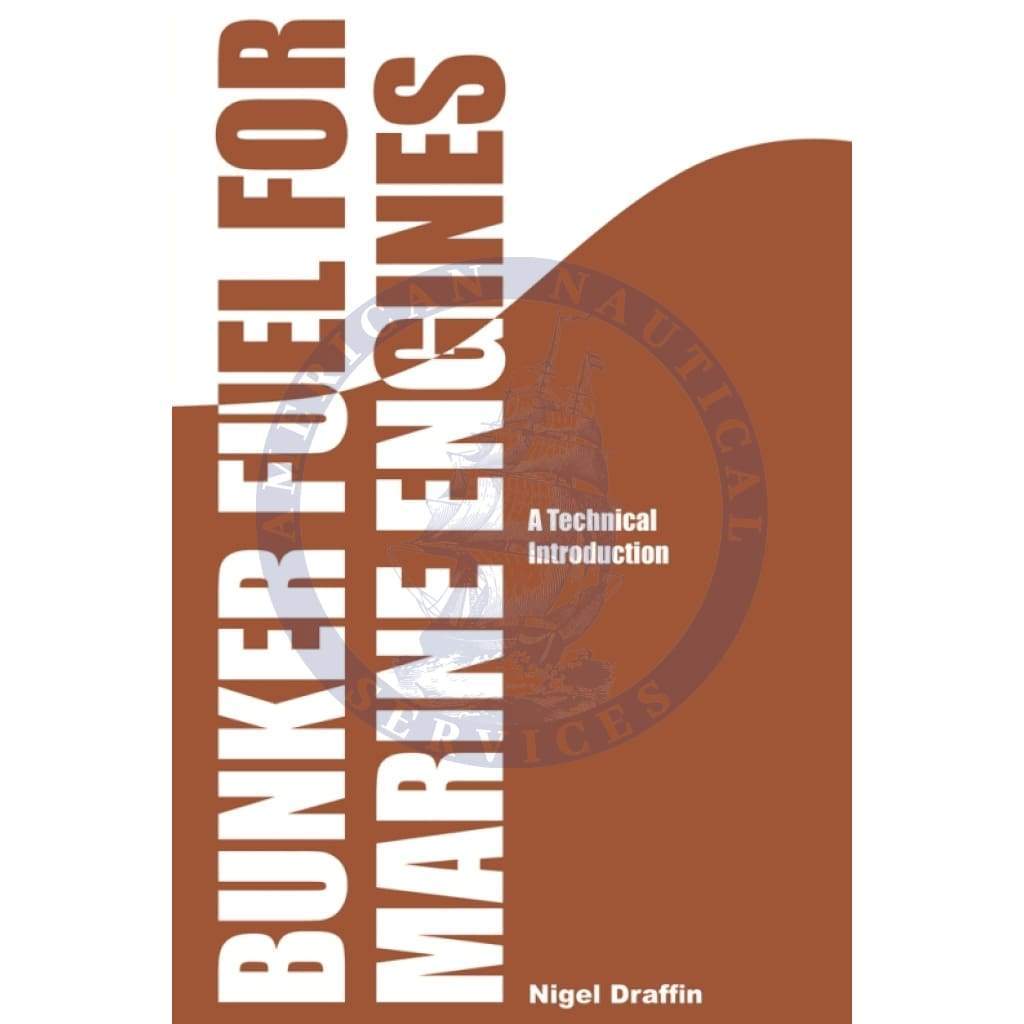Hi, thank you very much for your message!
The DP Logbook arrived perfectly and in excellent condition. I really appreciate the fast service and the care in the packaging. I’ll be happy to leave a positive review — you run a very professional and friendly service, and it shows.
Thanks again, and please let me know if you need anything else from my side.
Best regards,
Andrés
I had a question about delivery, it was answered promptly. The order was processed the same day as ordered and shipping was as expected.
They were prompt, they had excellent packaging that protected the book and good communication about the order. Will definitely use them again!
As an American, American Nautical Services is my go-to for purchasing European sailing charts and pilot books at a reasonable price.







